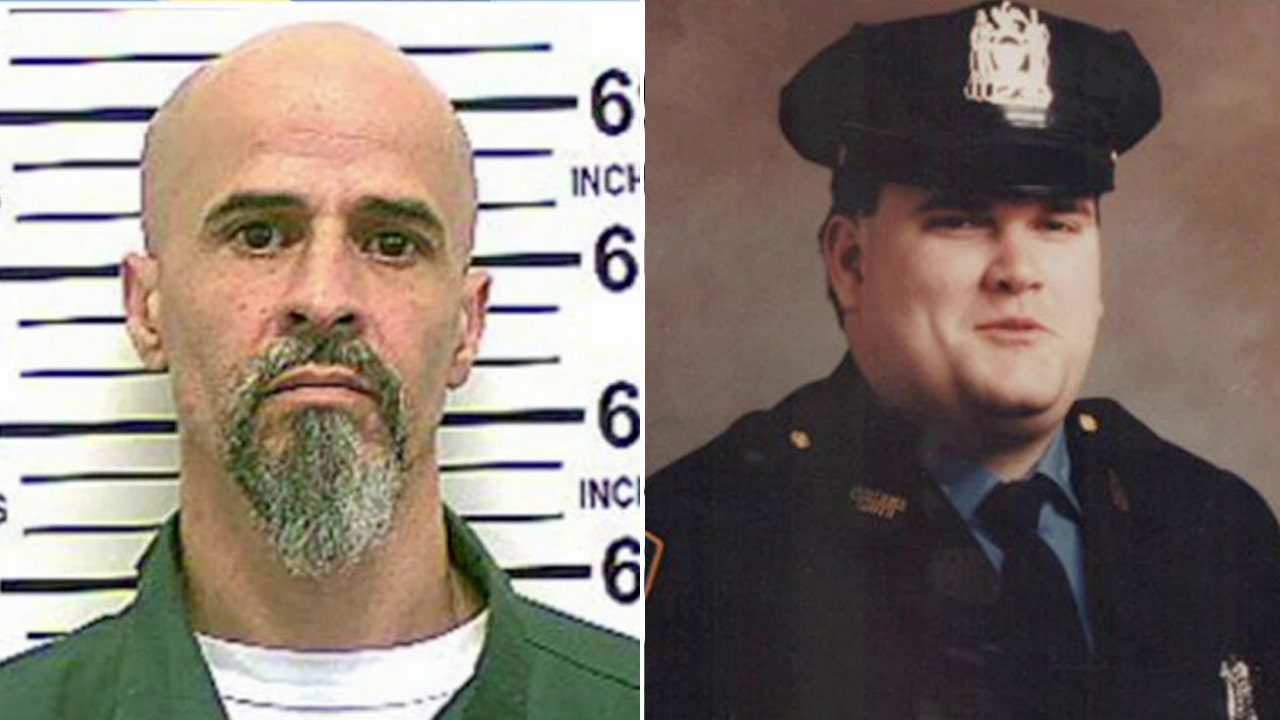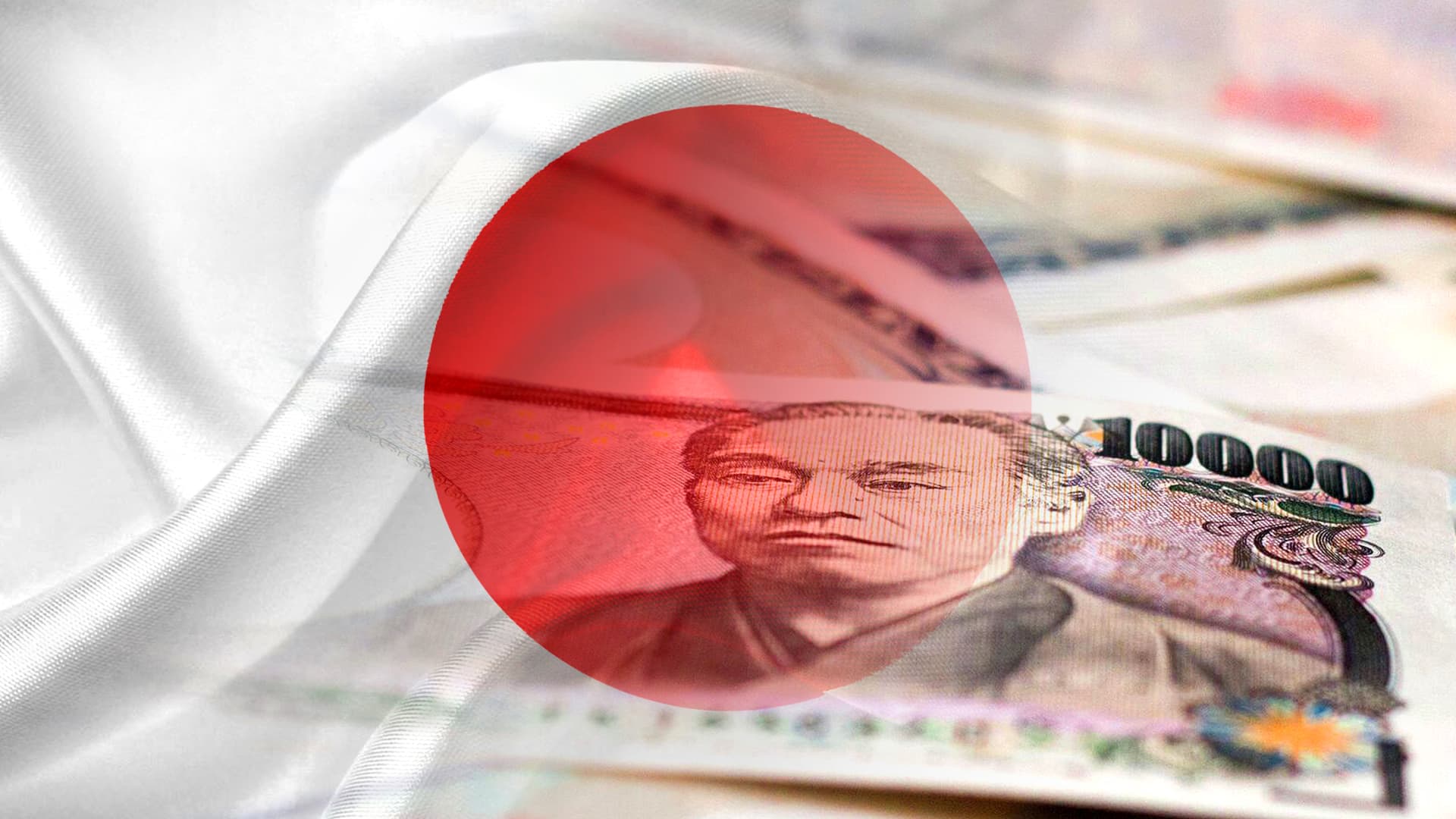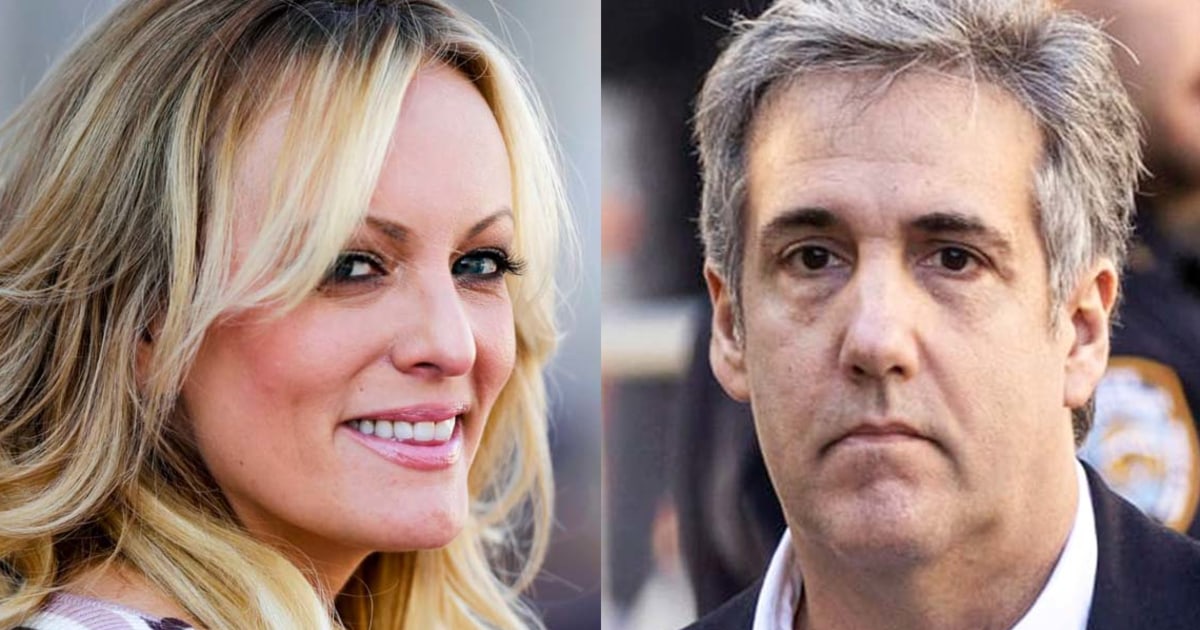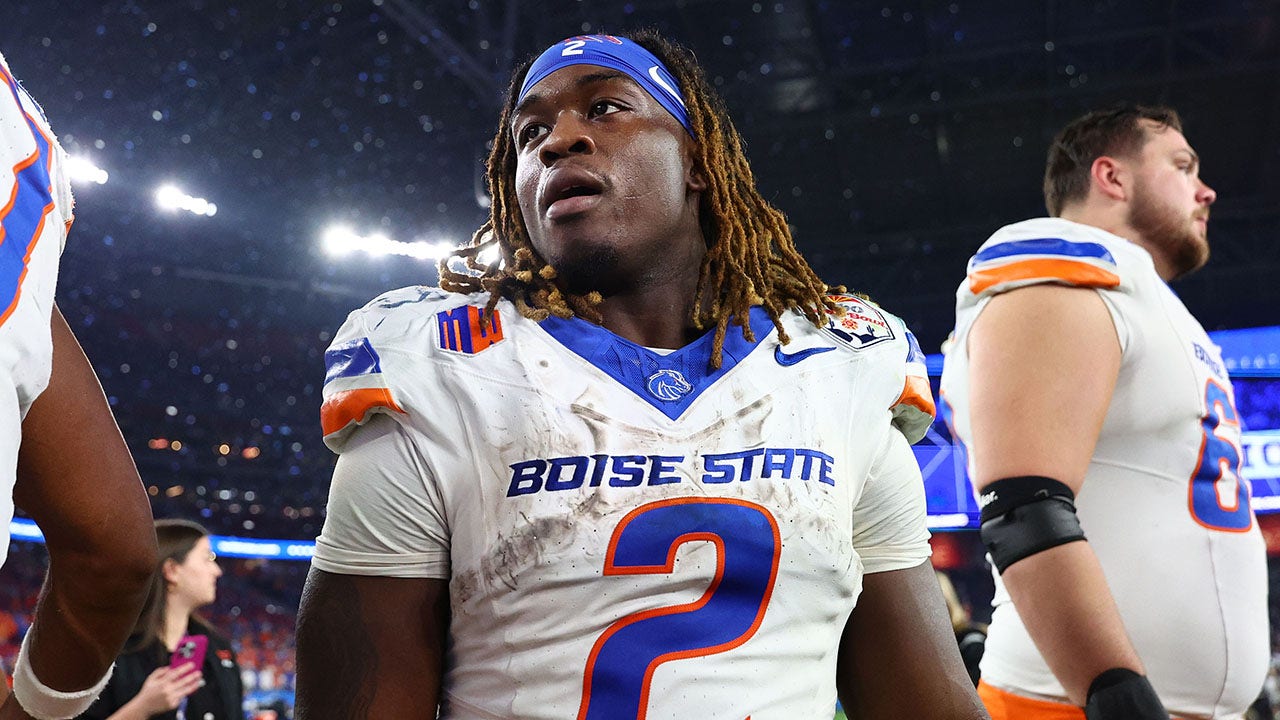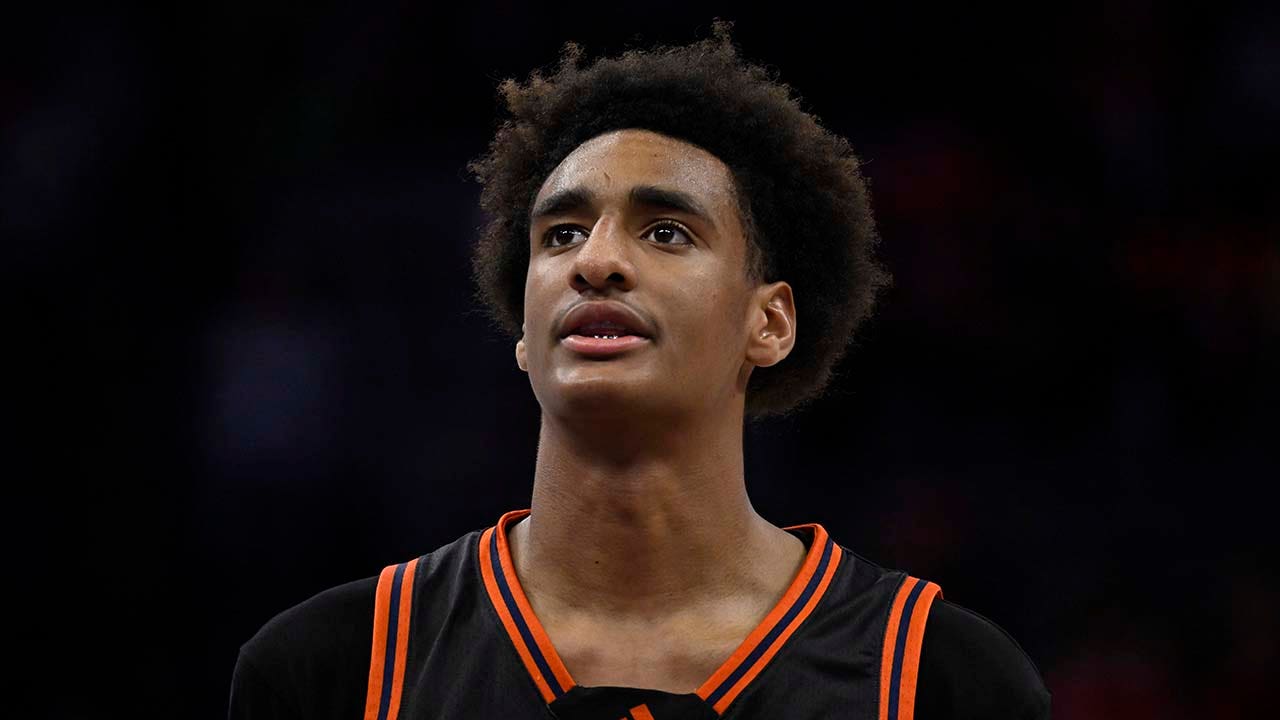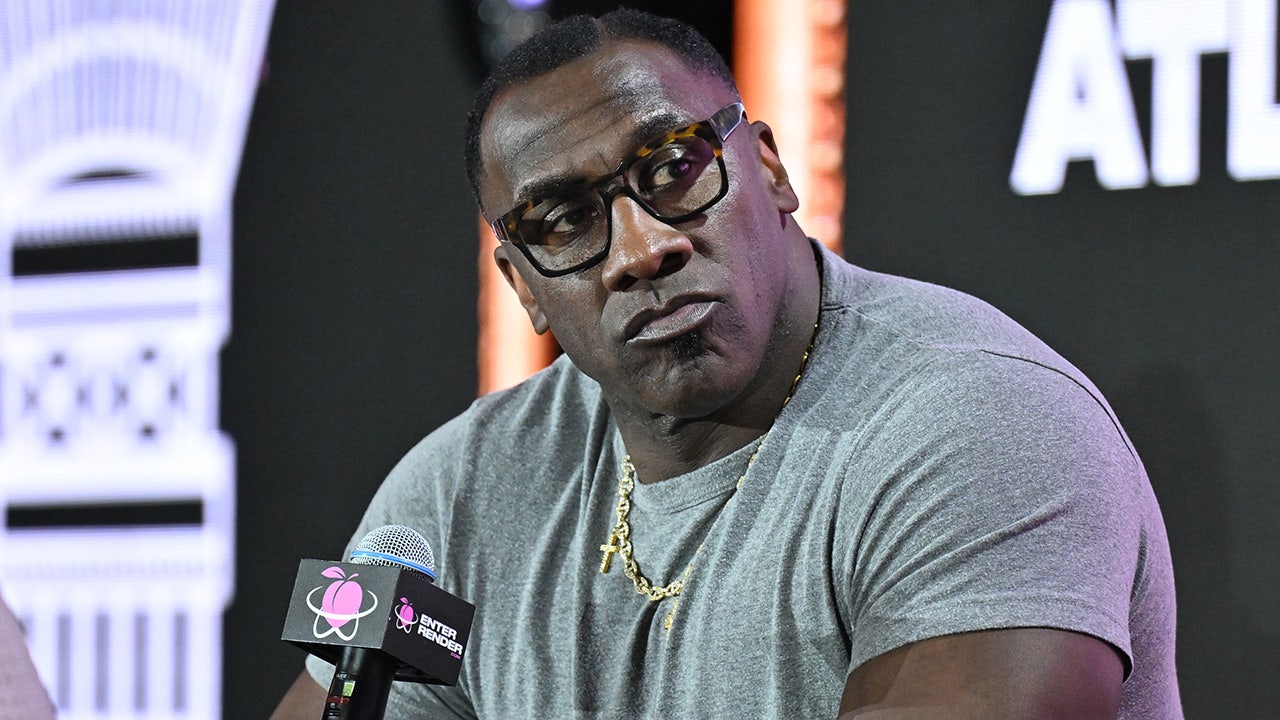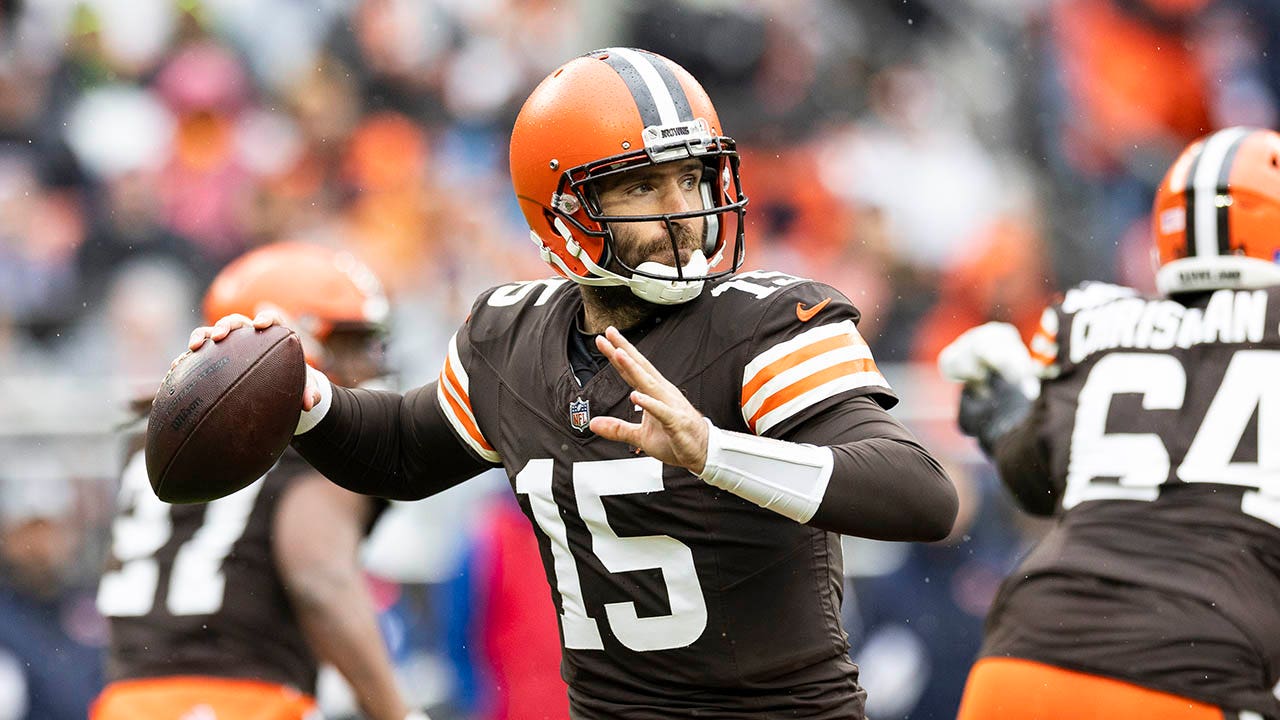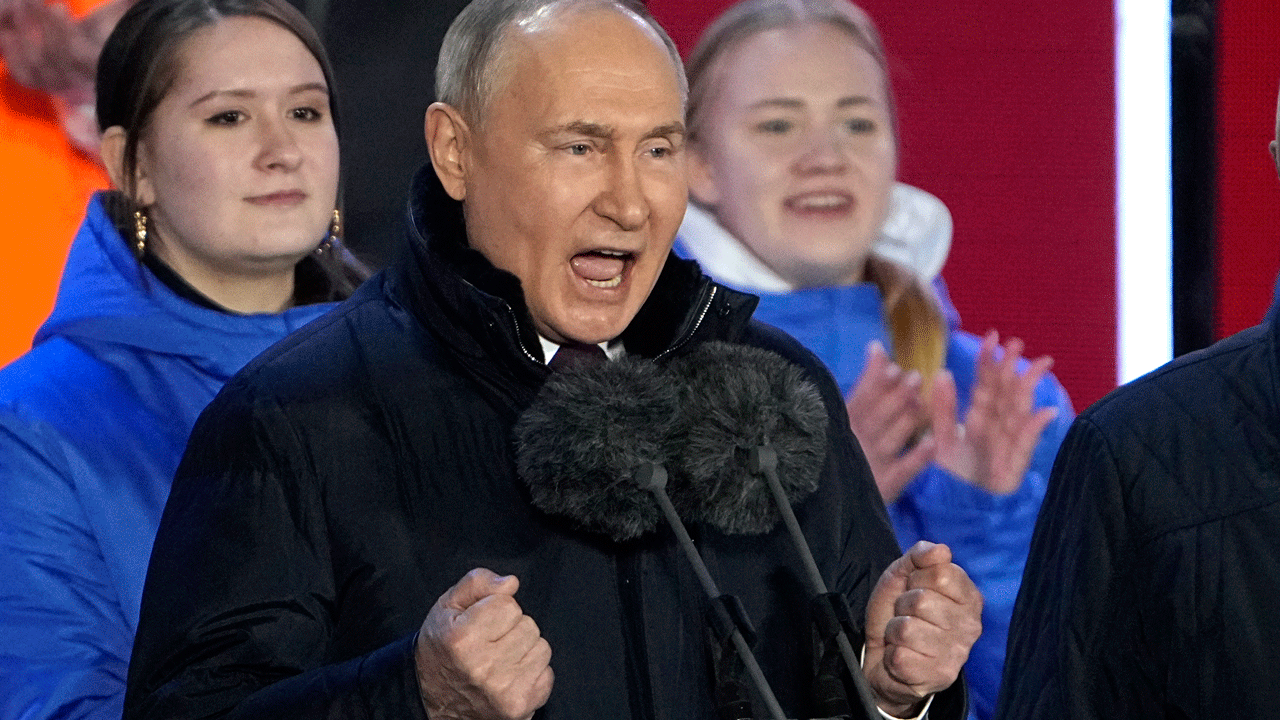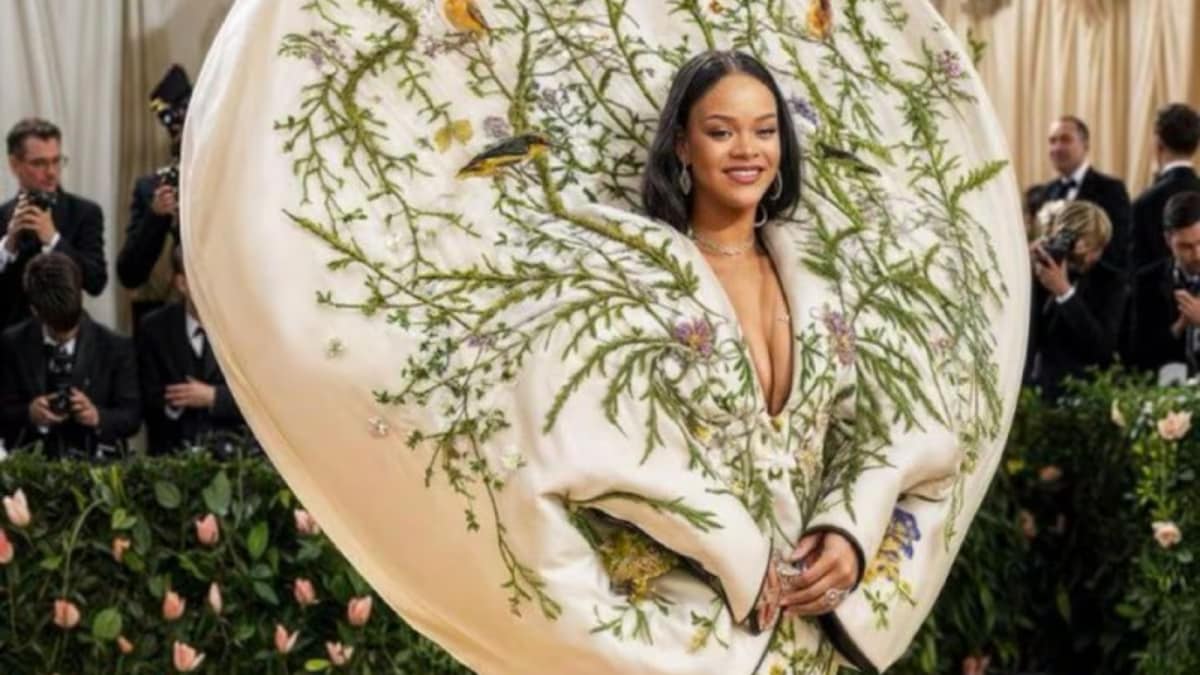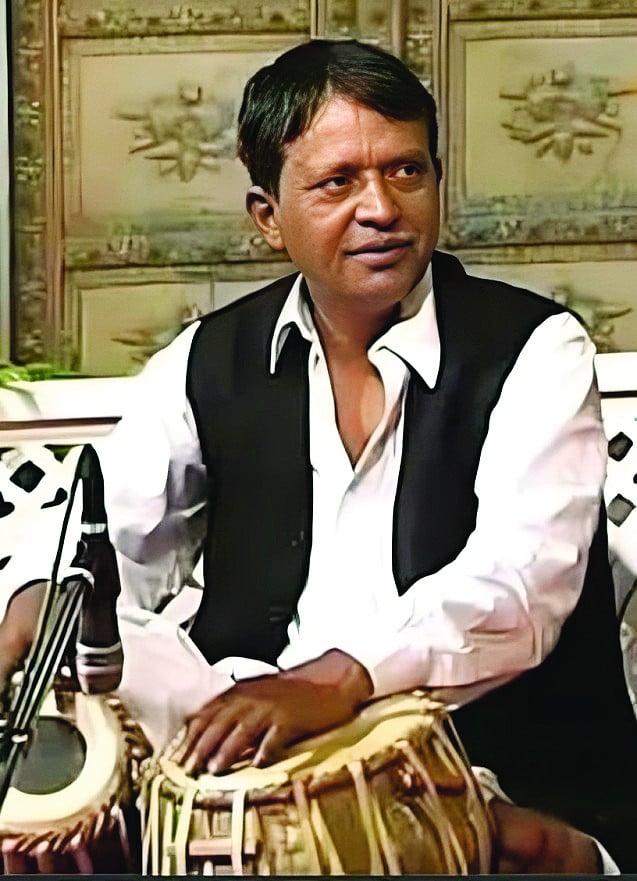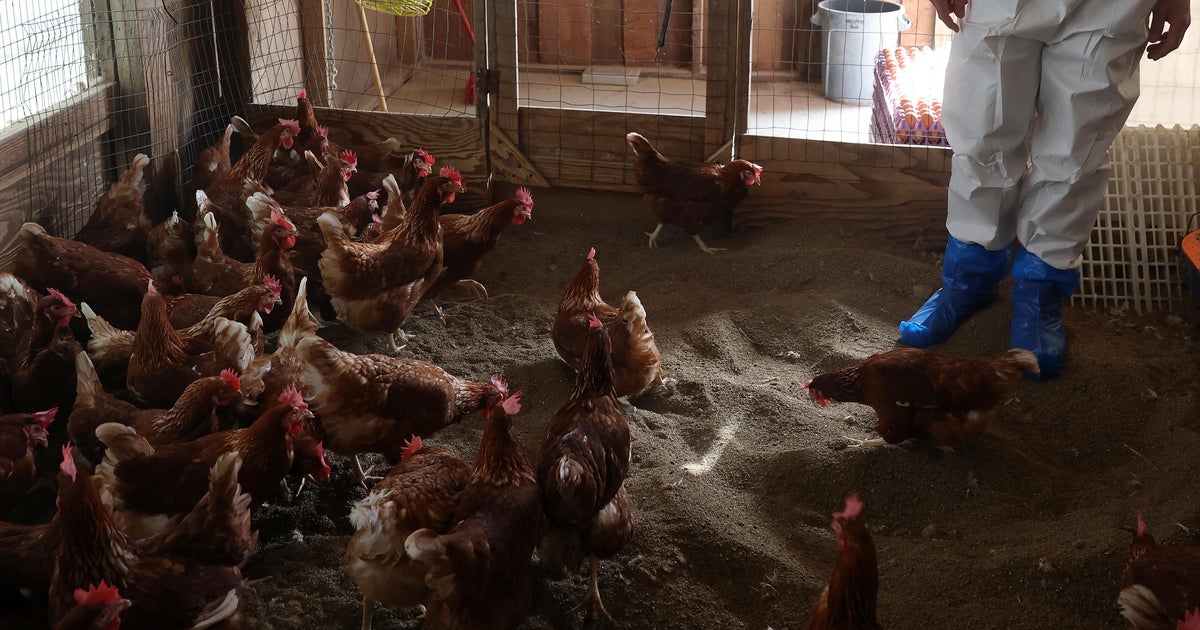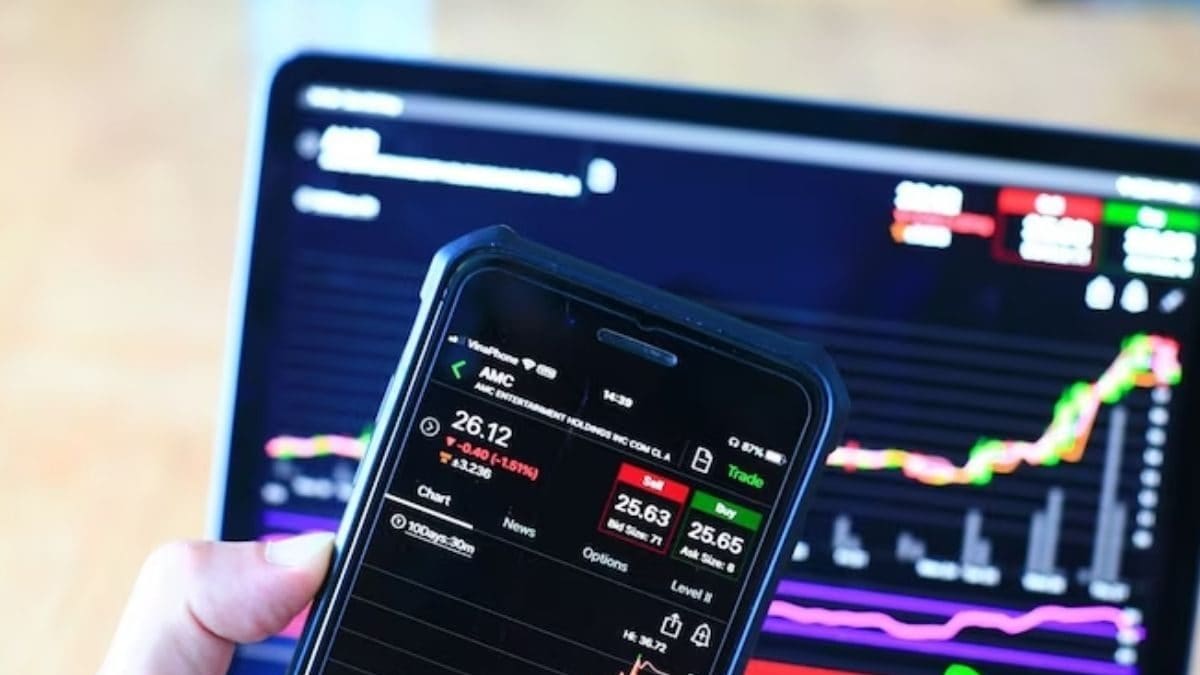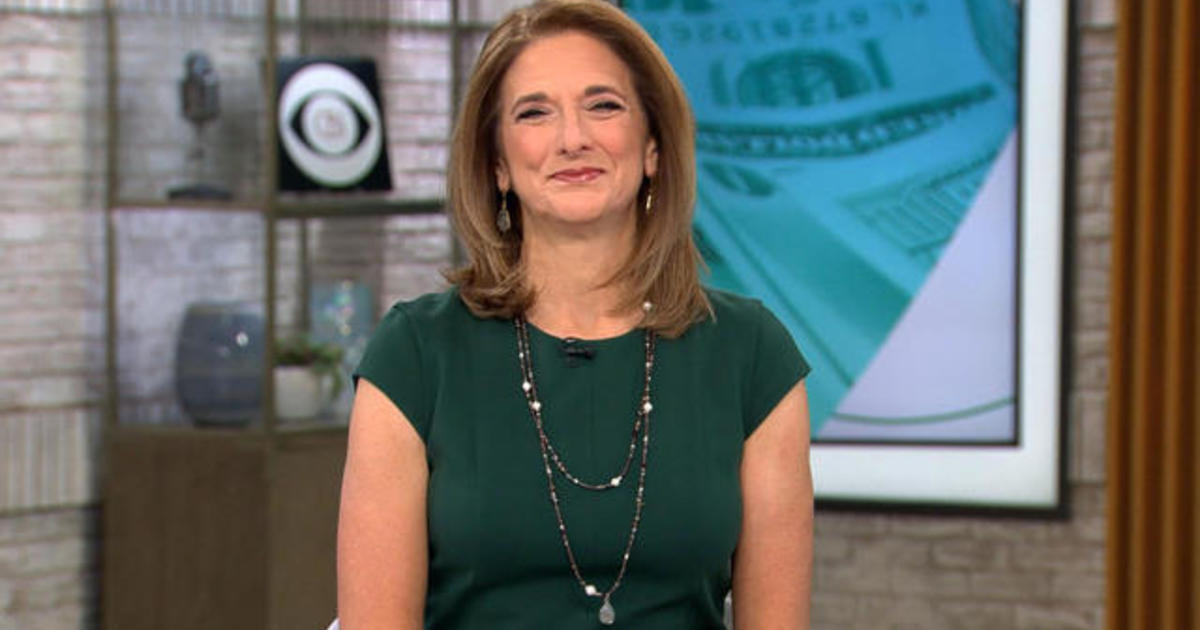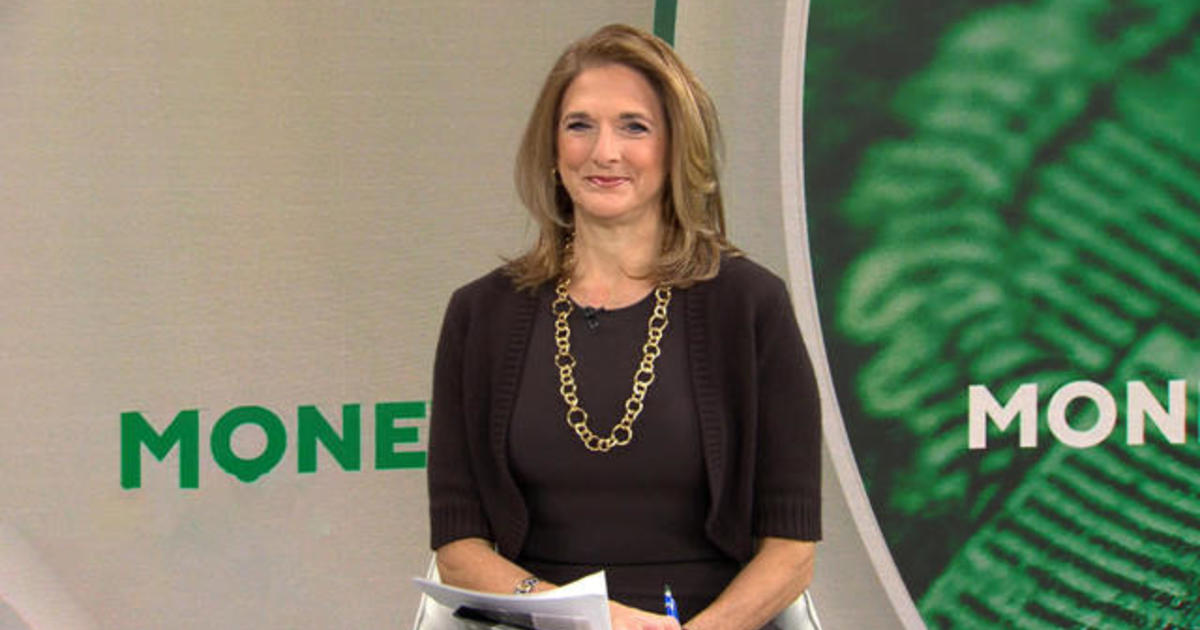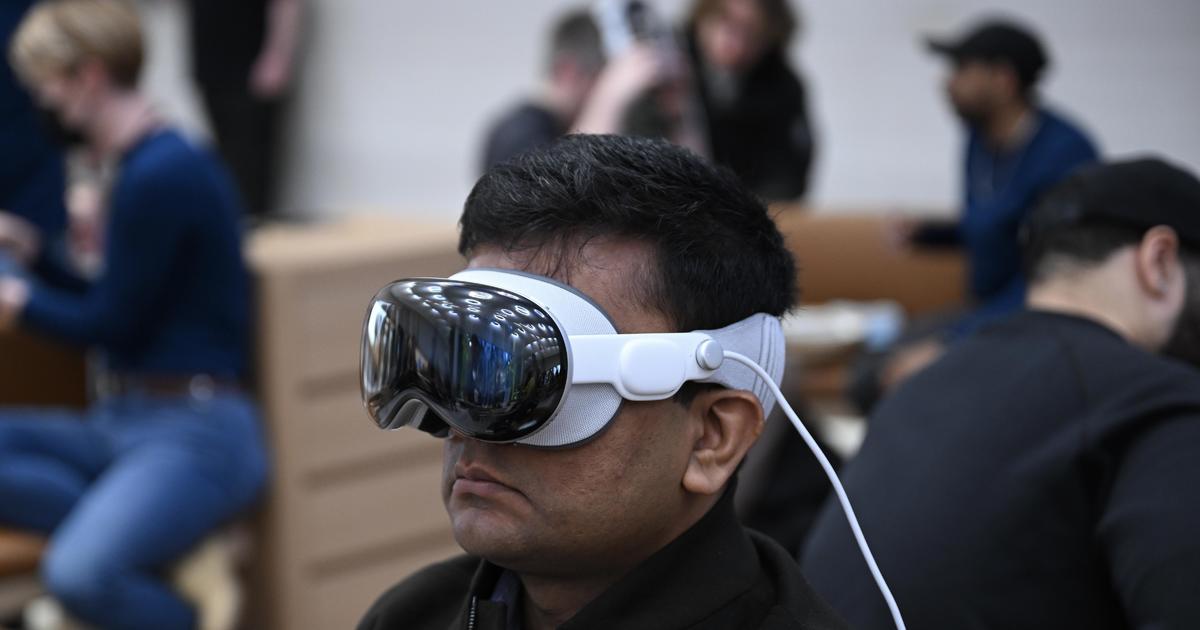In the days after Donald J. Trump was declared the winner of last year’s presidential election, Allison Reese began having some strange interactions with strangers.
“People at my coffee shop were looking at me and approaching me as if I had died, which is kind of funny to me,” said Reese, 32, a comedian who lives in Los Angeles.
She was very much alive, though things were certainly about to change.
A few years ago, Reese swiftly found fame online with an impression of Vice President Kamala Harris. It garnered her hundreds of thousands of followers on TikTok. National news interviews. A movie role.
But now, Harris had lost to Trump, which meant that Reese had some professional mourning to do.
“If she won, there would be all these other opportunities and things that I would potentially have gotten,” Reese said. But there would likely be no late-night show appearances in the near future, or a chance to be on “Saturday Night Live.” (Reese performed as Harris at a showcase for the show in 2019, essentially an audition.)
Such is the life of political impressionists, whose fortunes rise and fall based on the decisions, careers and fates of the people they portray. Since the November election, those who lampooned Harris and former President Joseph R. Biden Jr. have found less demand for their services.
Harris’s loss has been a particularly bitter pill to swallow in some corners. Politics has long been a male-dominated field, and so has political satire.
“There’s just so few places right now for female political impersonators, really,” said Rosemary Watson, 58, a voice-over artist who has performed an impression of Hillary Clinton. “Republicans really need to up their game with the women because they’re not giving me anybody.”
Piotr Michael, an actor and voice-over artist, was recruited to impersonate Biden’s voice dozens of times on “Jimmy Kimmel Live!” during his presidency. Those bookings came to a screeching halt when Biden abandoned his re-election bid, though he did get one last appearance in shortly after Trump’s inauguration. Biden’s departure was “bittersweet,” he said.
“I feel sad because he was a new entity as far as impression goes,” Michael, 36, said. “There aren’t many people that do a Joe Biden impression.”
Most Biden impersonators are look-alikes or their impressions are “very exaggerated,” Michael said, citing Dana Carvey’s on “Saturday Night Live.” He said he aimed to make his impression as close as possible to the real thing.
With Biden’s departure from the public stage, Michael said, “A part of me is like, ‘Hey, you know, I had a corner on this market because I was known for doing Joe Biden as a parody, but also in a serious manner.’”
Carvey, who surely belongs on the Mount Rushmore of political impressionists — “No joke!” — briefly played Biden on “Saturday Night Live” last year at the request of the show’s patriarch, Lorne Michaels. When Carvey first got the call, Biden had yet to drop out. But by the time Carvey went on the show, Harris was the nominee, which meant Carvey did not consider it to be a long-term gig.
The Biden impression, Carvey said, was “very tricky” and one where he had to “thread the needle.”
“The key was to make it funny and still be somewhat true to his verbal peccadilloes,” he said. “So then Biden got kicked out, whatever you want to call it, and then Lorne said, ‘Come in anyway.’ It was the first time on television being able to do Biden without him being a candidate for president. So I think it relaxed the audience a little bit.”
Carvey had a banner year in 1992, performing as Bush and as Ross Perot, the quick-talking Texan who ran as an independent. (He once did both parts at the same time.) But then, of course, Bush lost after one term to Bill Clinton. Carvey said in an interview that if Bush had been re-elected, his tenure at the show would have lasted longer.
“I either would have stayed or I would have come and gone,” Carvey, 69, said. “I would have flown in and done it, probably. I was so identified with it.”
Carvey eventually became friendly with Bush, even performing the character for the president and his staff at the White House during the transition.
No impressionist was affected more profoundly by a change in administration than Vaughn Meader, who became an overnight star in 1962 with his John F. Kennedy act, immortalized on the record “The First Family.” But after Kennedy was assassinated on Nov. 22, 1963, Meader’s career crashed as quickly as it had bloomed. Meader, who died in 2004, often referred to the assassination as “the day I died.”
Some presidents defy political gravity, to the delight of their impersonators. For Reggie Brown, former President Barack Obama has been an enduring enough cultural figure that there has been steady demand for his impression since he started performing it full-time in 2008.
Brown, a former blogger, has been booked all over the world: Retirement parties. Bar mitzvahs. Corporate meetings. Dozens of Fox News appearances. He estimates that 80 percent of his bookings come from conservatives, though he remains mystified as to why. He was once kicked offstage at a 2011 Republican Leadership Conference event in New Orleans for poking fun — in character — at Republican presidential candidates.
Brown was caught off guard by the fact that his best year for business was in 2017, Obama’s first year out of office.
“I have talked to other impressionists and impersonators. And after their president was out of office, the phones literally just stopped ringing,” Brown, 44, said. But Obama remains in the public consciousness, which means Brown’s phone will likely always ring.
But Brown acknowledges that Obama’s influence may finally be waning. Bookings are down, though they often come in waves. Brown now also works as a functional breathing instructor.
For John Di Domenico, a Las Vegas-based voice-over artist who has been impersonating Donald Trump since 2004, there has been a reverse effect: Trump’s time in office has been mostly bad for business, he said.
For Di Domenico, 62, who often performs as Trump at corporate events, sometimes alongside Brown’s Obama, 2016 was a high-water mark. But when Trump began his first term in 2017, Di Domenico’s bookings dropped precipitously with the president’s approval ratings. The attack on the U.S. Capitol on Jan. 6, 2021, was the final “nail in the coffin,” or so he thought.
Early in Biden’s presidency, his bookings began to increase again, perhaps an early indicator of Trump’s political fortunes. And then Trump won again, which Di Domenico said was “the weirdest thing I’ve had to deal with.”
“I got so many texts, so many messages: ‘Congratulations. Four more years! You’re back in business!’” Di Domenico said. “And I would write them and say, ‘I was never out of business.’”
Jim Meskimen, a 65-year-old veteran actor and impressionist, said that presidents, because of their legacy, have a longer shelf life than one might think. His lengthy body of presidential impressions includes Harry S. Truman in the film “The Monuments Men” (2014) and Jimmy Carter in “Elvis” (2022).
“Their sound, their decisions, all of their utterances become part of the historical record,” Meskimen said. “I’ve had just as much business doing long-dead presidents than I have doing current ones.”


